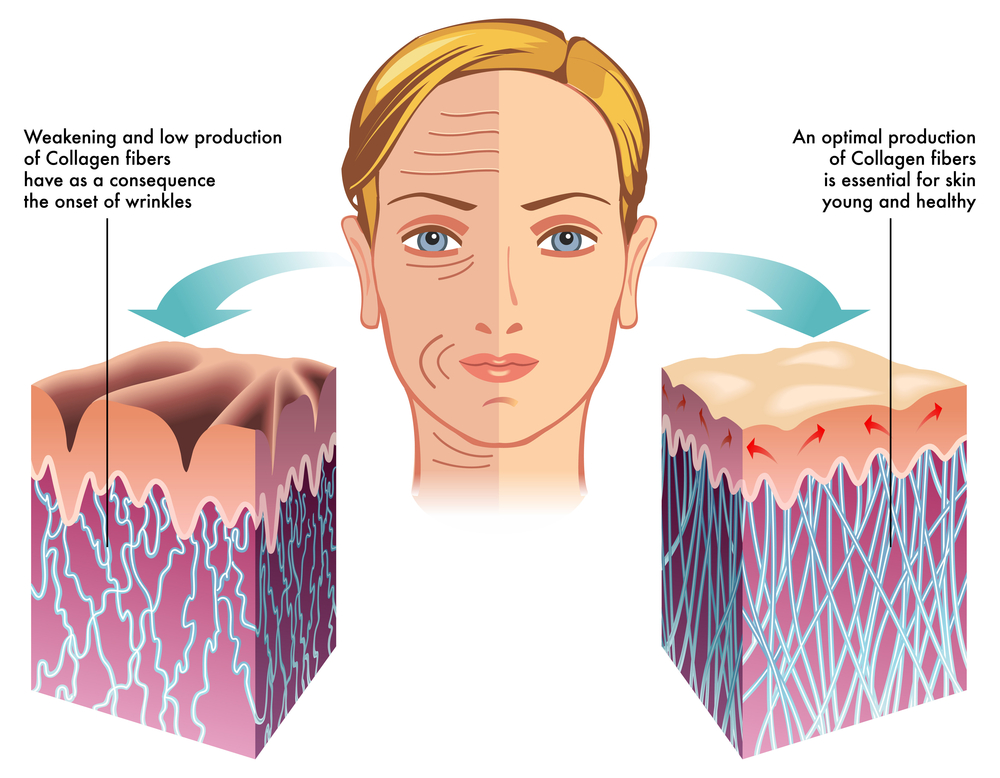Reye’s syndrome is an extremely rare condition. It has fewer than 1,000 cases per year. Heightened awareness of what can cause this disease has helped keep this a rare condition. Reye’s syndrome is extremely serious and can be life threatening. Reye’s syndrome causes swelling in the liver and brain, in children or teenagers.
When Reye’s syndrome occurs the cells in the body become swollen and build up fats. When this happens blood sugar drops, ammonia and acid levels in the blood rise. All of this then causes swelling especially in the brain and liver.
Risk Factors
It primarily affects children under the age of 18.
Usually it occurs after a child has a viral infection such as the flu or chickenpox.
The use of aspirin when treating these viral conditions has also been linked to the cause of Reye’s syndrome.
If a child suffers from a disorder that affects how their bodies break down fatty acids, or is exposed to toxins such as paint thinner, insecticides, or pesticides the chance of them developing Reye’s syndrome is increased.
Symptoms
Symptoms appear roughly around 3-5 days after the virus first presents itself. Taking aspirin to help with viral symptoms can increasingly raise your child’s risk of obtaining Reye’s disease. Even though aspirin is safe to use with children over the age of three it is best to not use if your child has a viral infection.
Symptoms in younger children can include rapid breathing, and diarrhea. Older children may experience ongoing vomiting, or unusual sleepiness.
All children with Reye’s syndrome may experience personality changes, such as being more irritable, or more aggressive.
Confusion, hallucinations, weakness in arms or legs, seizures, convulsions, extreme tiredness, and loss of consciousness can all happen as well.
Symptoms can be mistaken for other conditions such as meningitis, diabetic reactions, or poisoning. It is crucial that you take your child into the doctor though if any of these symptoms present, because early detection and treatment is critical.
Diagnosis
There is no specific test for your doctor to do to diagnose Reye’s syndrome. Most likely your doctor will do a blood and urine test. They may also screen for disorders involving fatty acids. A spinal tap, liver biopsy, skin biopsy, CT or MRI may all be done to rule out other possibilities of the symptoms.
Treatment
Treatment is more supportive care since there is no cure. Reye’s syndrome can be survived. The death rate of Reye’s syndrome has dropped from 50% to 20%.
In serious cases Reye’s syndrome may need to be treated in the ICU, intensive care unit. In most cases treatment will happen in the hospital. Your child will need to stay hydrated and their electrolyte levels balanced. They may need an IV with fluids to achieve this especially if they are still vomiting. At the hospital their blood pressure and intracranial pressure will be monitored.
Diuretics may be given to help get rid of excess salt and water this will help with the swelling.
Corticosteroids can also help with brain swelling. Keeping the brain swelling steady and not going too high is key in the treatment process and to help with long term effects of the syndrome.
Medications to prevent bleeding may be given. Vitamin K, plasma, and platelets may also be administered in the treatment process in the case of liver bleeding.
Cooling blankets can help keep the body’s temperature down to a regular level, which can also help with swelling.
Long term effects depend on how quickly treatment is started. Long term brain damage is only a concern when the brain swelling has gotten too high. Making sure that your child’s brain swelling is monitored is crucial.
Outcomes
Most children with Reye’s syndrome have a complete recovery with little to no lasting damage. Since awareness of the causes of Reye’s syndrome has occurred cases are very few and the death rate has dropped 30% over the years.
If your child does have significant brain swelling it can cause memory loss, difficulty learning, loss of vision or hearing, speech and language development trouble, or trouble doing daily tasks. Specialized care may be necessary in severe cases.
Recovery may take a few weeks after the swelling in the body has gone down, which may be done at the hospital. Treatment should help within a few days though. Since aspirin is linked to Reye’s syndrome make sure to never use this when treating viral infections such as the flu, or chickenpox.
Read labels because even medications such as Pepto-bismol or Alka-seltzer contain aspirin. Aspirin can be called different things like; Acetylsalicylic acid, Acetylsalicylate, Salicylic acid, or Salicylate.
Talk to your pediatrician if you have any questions or concerns about medications you may give your child if you are unsure about them.
Purium’s MVP Family is packed with plant-powered protein and other whole food nutrients for optimal absorption and all-day energy. Its natural chocolate flavor is delicious and kid-approved!
Use of aspirin to treat viral infections increases your risk for Reye's Syndrome! #HealthSurgeon
Children under 18 who are exposed to paint thinner, insecticides or pesticides are at risk for Reye’s Syndrome!
Sources:
https://www.mayoclinic.org/diseases-conditions/reyes-syndrome/symptoms-causes/syc-20377255
https://my.clevelandclinic.org/health/articles/6088-reyes-syndrome
https://www.webmd.com/children/what-is-reye-syndrome
https://kidshealth.org/en/parents/reye.html
Find out where to buy Purium here, don't fall for these online business traps.
Did You Know?
- 1Looking to make extra money? We have Brand Partner openings on our team.
- 2Vitamins and Minerals in Purium are listed here
- 3You can Protect your gut bacteria from harmful glyphosate with this.
- 4Purium Health Products are organic and GMO free.
- 5The Biggest Purium Discount is available using our codes.









